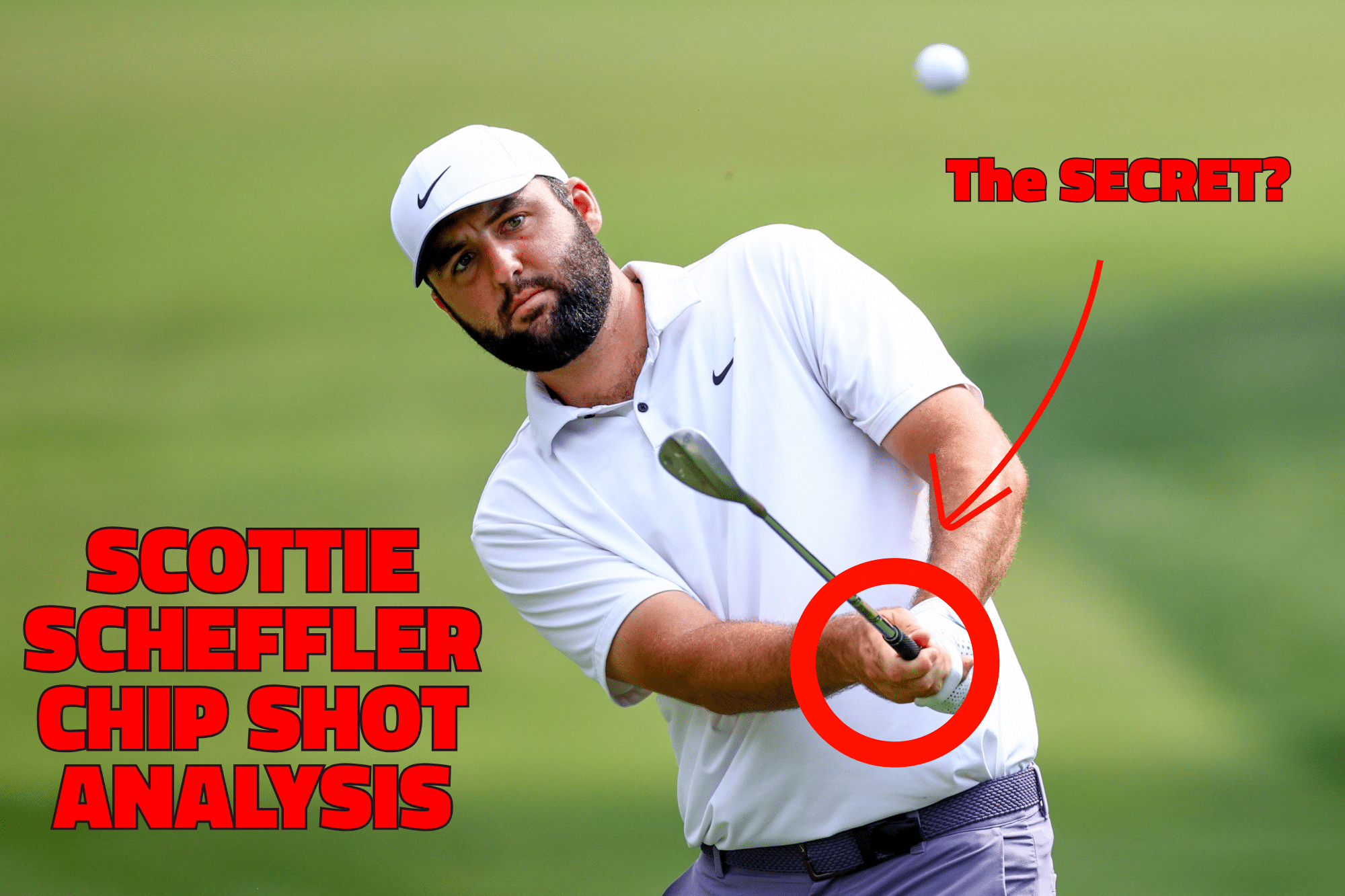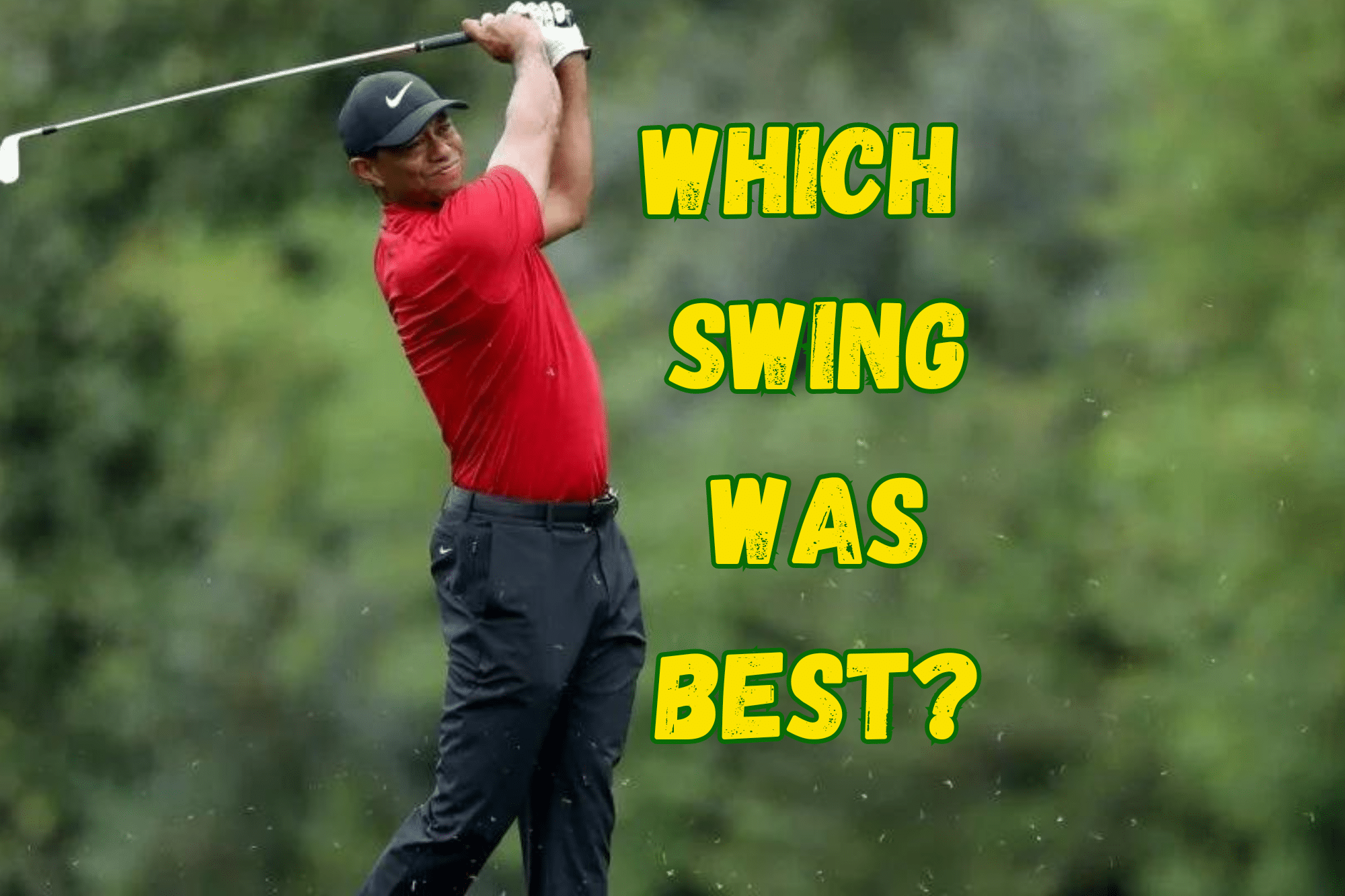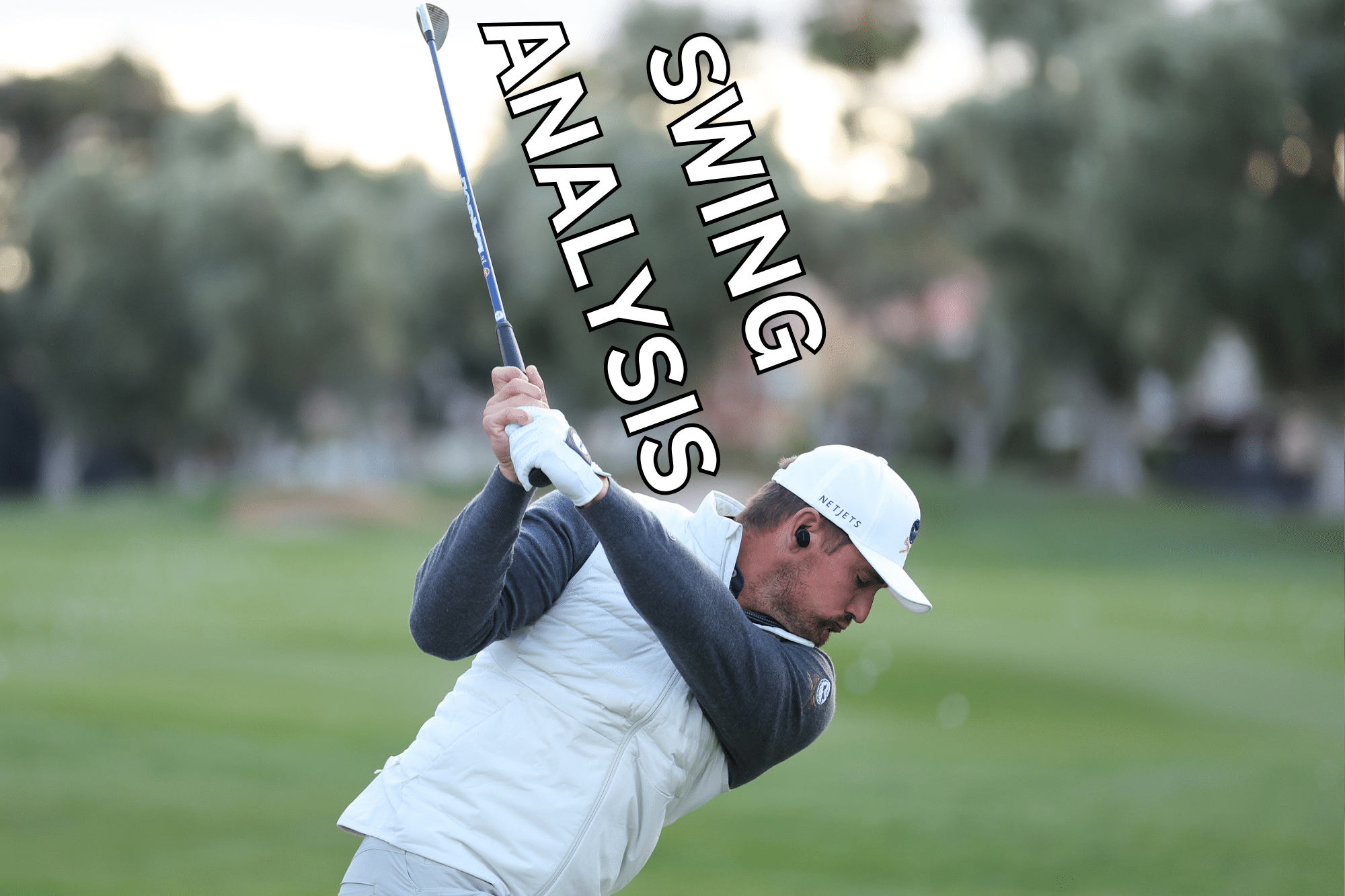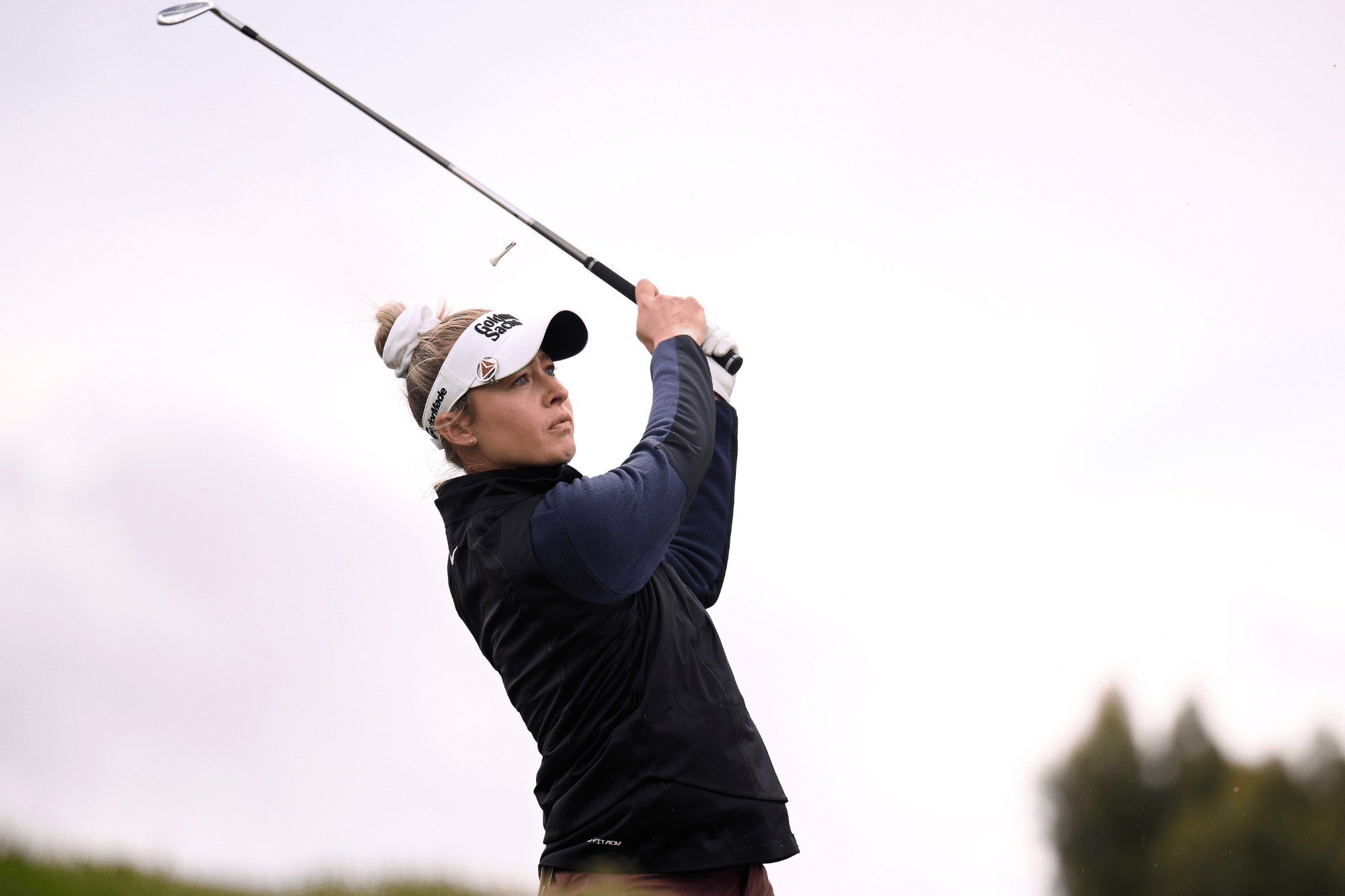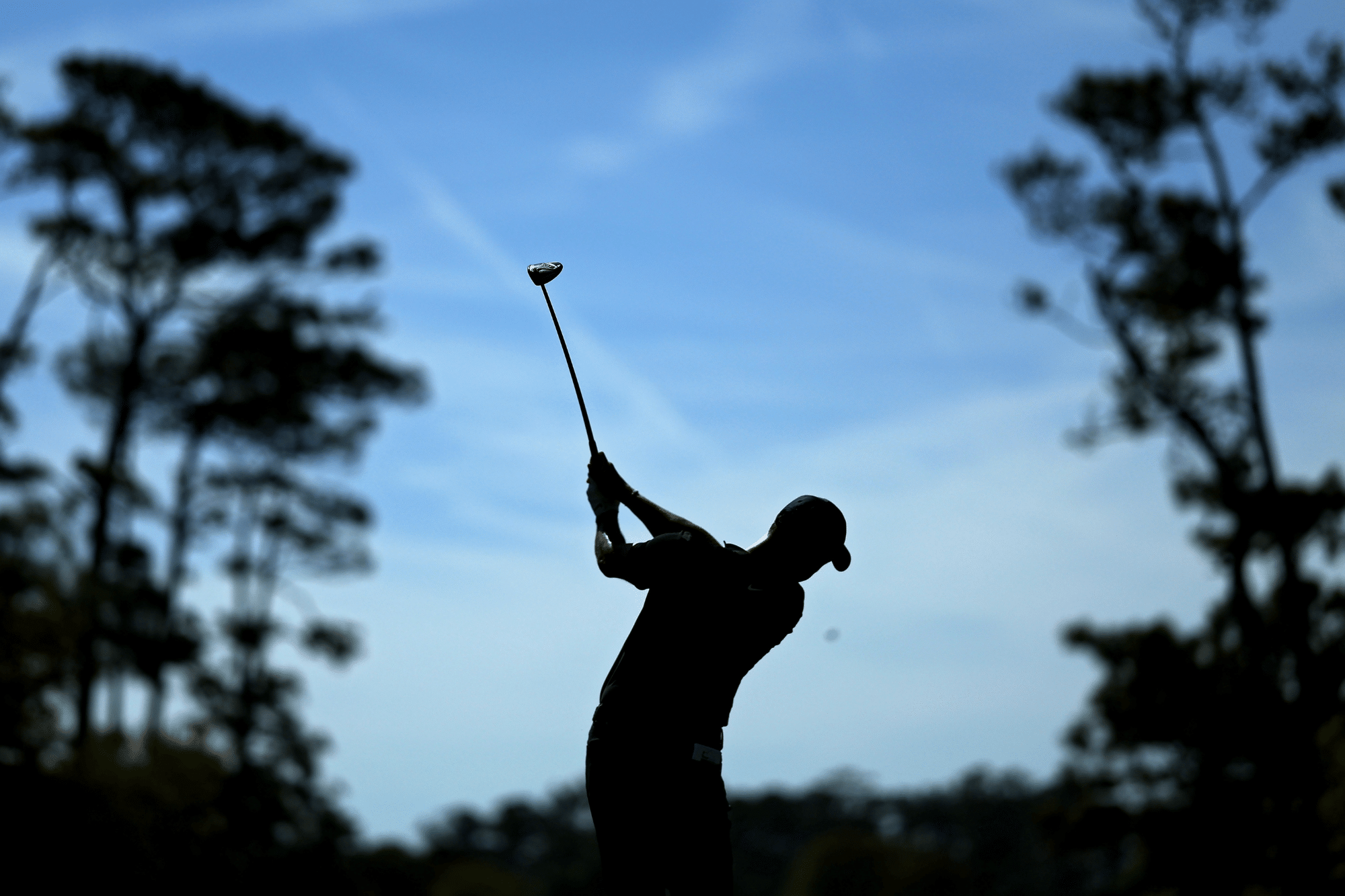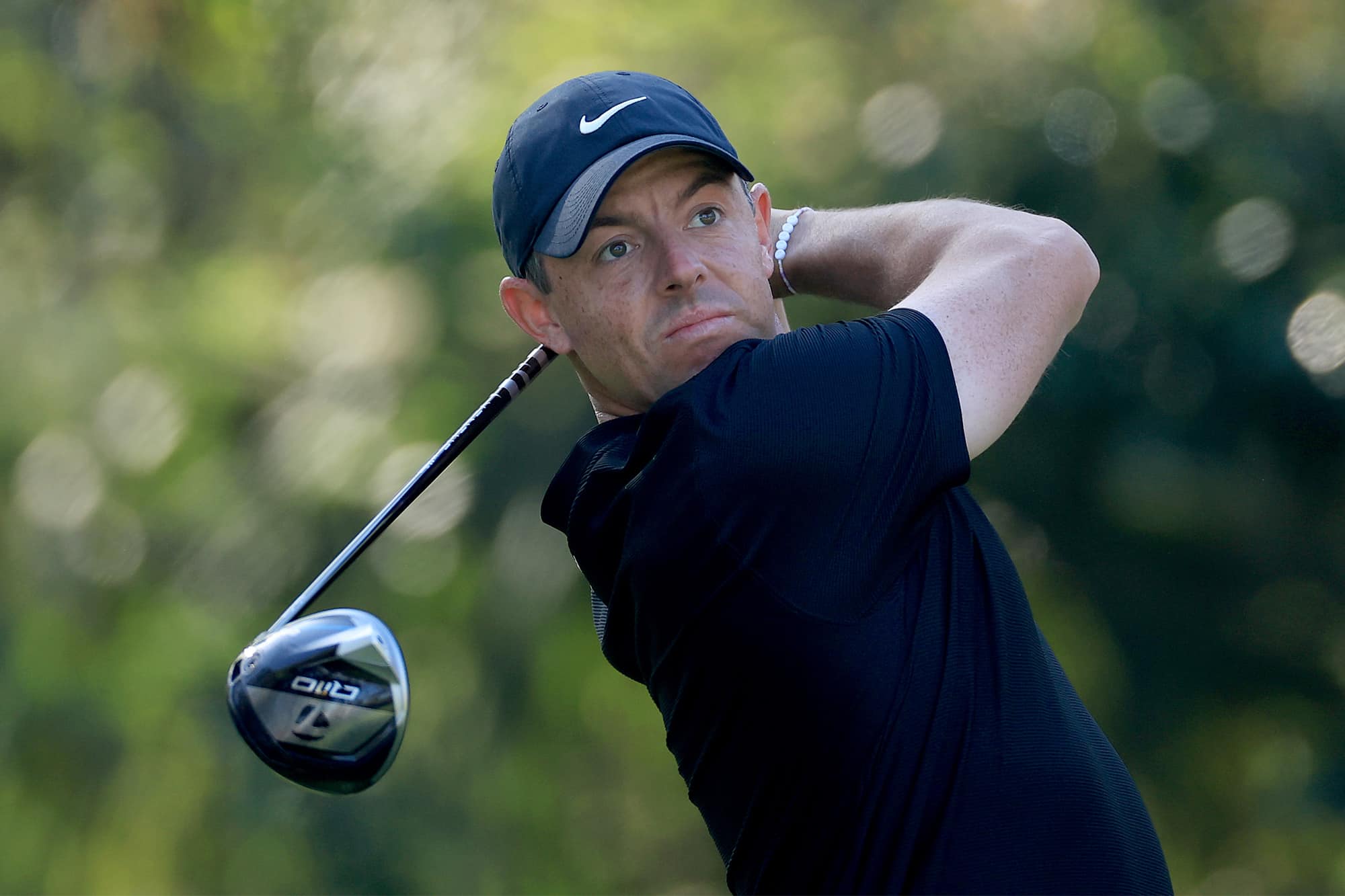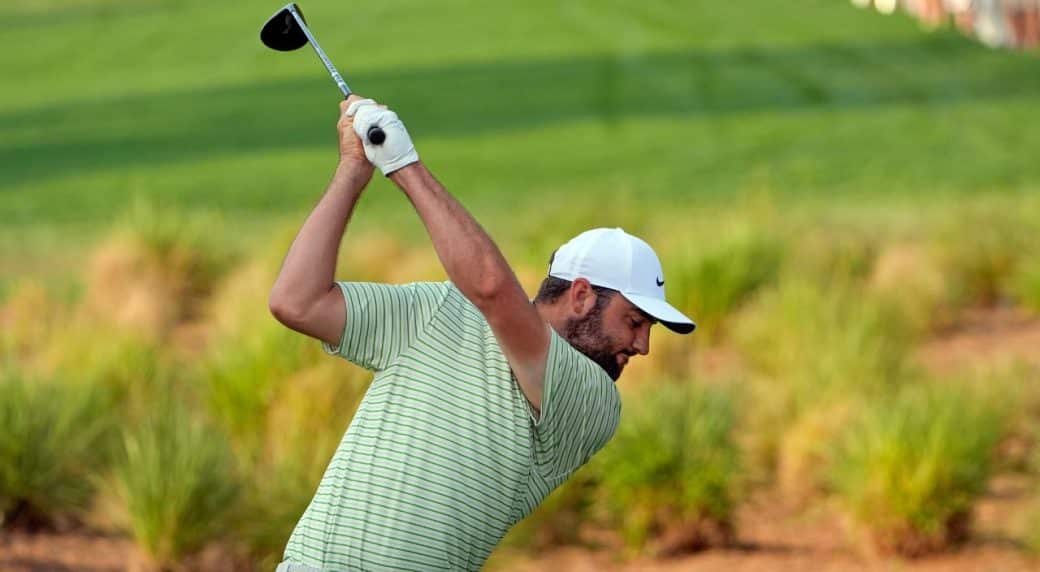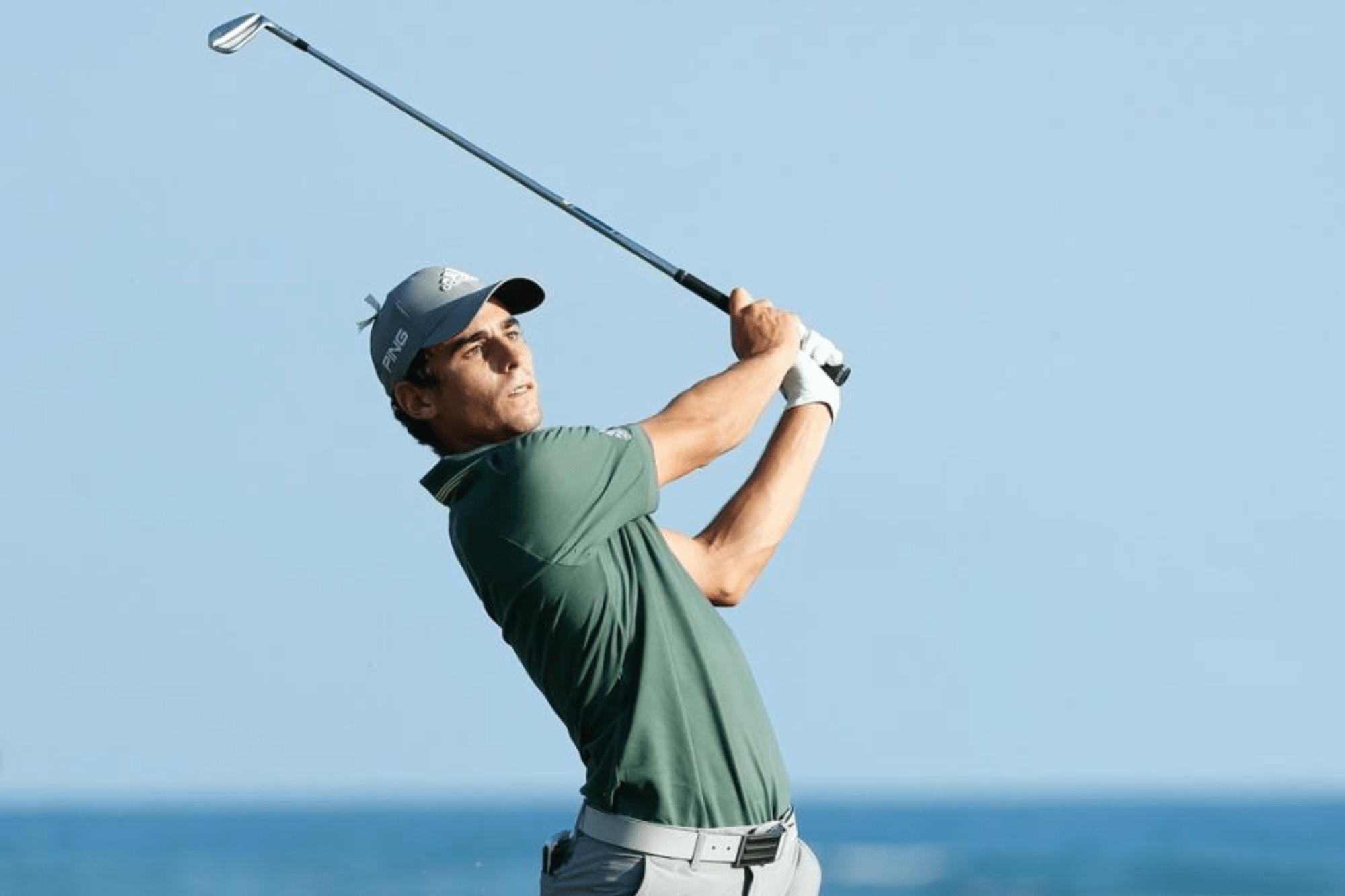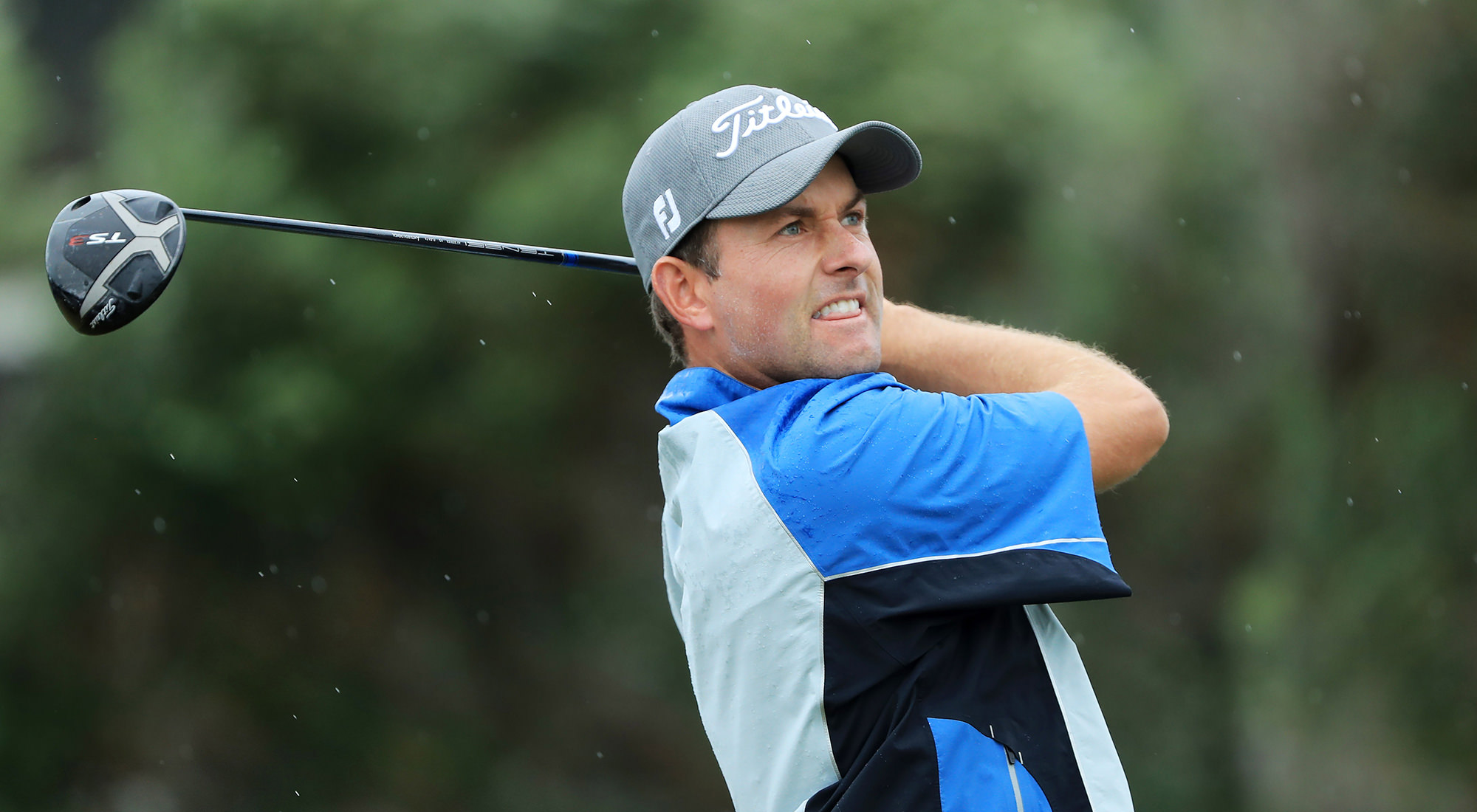
Why you shouldn’t sacrifice your strengths to improve your weaknesses
In the same week where the golf distance debate has dominated the headlines, it seemed fitting that the winners on the main tours were two of its shortest off the tee. So what can we learn from Graeme McDowell and Webb Simpson triumphing at the Saudi International and Phoenix Open respectively? It’s essential to address weaknesses, but not at the expense of your strengths.
- Related: R&A-USGA report says increasing distance must end
- Related: What is bifurcation and how does it affect you?
Neither player feature near the top of the Strokes Gained: Off the Tee rankings, and Simpson decided this was something that needed addressing, albeit in a very prudent way.
“I hired [trainer] Cornell Dreesan three years ago and we set out on a journey to get longer, but very carefully, because precision, accuracy and distance control have always been a strength, and have to be a strength for me to play well because I don’t hit it that far.
“We have picked up a mile and a half to two miles an hour for the last two years so we have made jumps, but I just didn’t want to do it overnight. I didn’t want to take away from something I’ve always done, which is, when I’m playing well, hitting fairways.”
And those thoughts were echoed by McDowell, who discussed how his desire for more distance had started to affect the rest of his game.
“In the search for a little bit of distance, my attack angle with my driver went from about two degrees down to about two or three degrees up. So I changed my attack angle by nearly five degrees, which is a lot, and I drove the ball well for a period, but then it really started to affect the way I was hitting my irons.”
The 2010 US Open champion took the decision to hook up with renowned coach, Kevin Kirk, and signs have been encouraging since.
“One of the first remits I had for Kevin when I started working with him was I wanted to get my ball flight back, I wanted to start flighting the ball down again,” he said.
McDowell fell as low as 259 in the world rankings in 2019, but having recovered the ability to control his irons, a strong start to 2020 vaulted him back into the world’s top 50.
And similarly, the Northern Irishman has brought the flight of his driver down, akin to when he was competing regularly for majors and contesting Ryder Cups as a European talisman.
“Everything’s high launch, low spin, so let’s tee it up and hit it four on the up and spin it low. I tried that for a while and, like I say, I drove it okay, but it affected everything. So I’ve got that ball teed low again and I’m squeezing it back out there.
“It’s not particularly long, but it’s in the middle of the fairway and it’s pretty playable. It’s nice to be cheering back into the way I used to play a little bit more, rather than trying to play a game with which I’m really not that familiar.”
Last season both players ranked well outside the top 100 in driving distance, averaging between 285 and 290 yards, and while I’m sure they’d love to creep up nearer the 300 mark, it’s long enough for them to utilise their strengths and remain competitive.
In a sport that’s come under increasing scrutiny of late for the advantage it gives to long hitters, it’s refreshing to see guys like McDowell and Simpson back in the winner’s circle, proving that maybe distance isn’t everything.
Let’s carry on the conversation. What do you think is more important, distance or accuracy? Let me know in the comments or send me a tweet.
Andrew Wright
NCG's instruction editor. Terrible student so trying my hand at passing on some of the best advice I've never listened to. Member of Royal Troon. Favourite golfer is two-time major winner and hall of famer, Retief Goosen.


